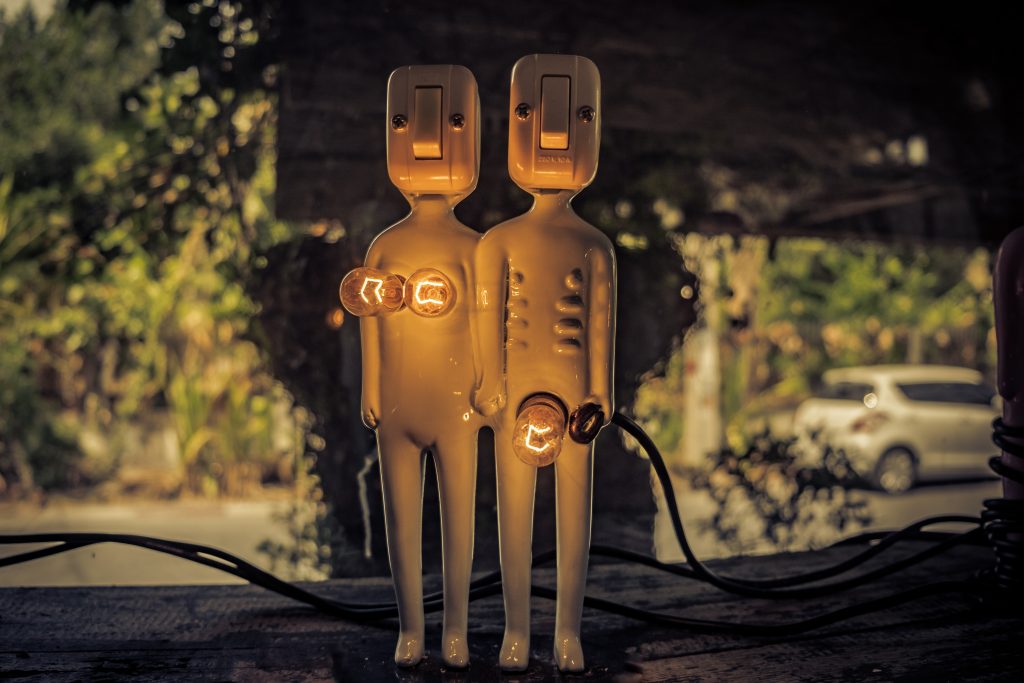I’ve partnered with the #righttodesire campaign to bring awareness to female Hypoactive Sexual Desire Disorder
Over the past few months, I’ve been engaging in conversations around women and sexual desire. We’ve been particularly talking about the issue of low libido, which seems to be a very prevalent issue for women my age. I’m also noticing that women are dying to talk about this. Sarah and I announced we were doing an episode on low sexual desire and our podcast facebook community lit up with comments and questions from women who experience low sex drive. (If you want to read through that conversation, you can join the closed Selfie community here.) It may be one of the most-commented conversations I’ve had this year, and I think there is a reason for that.
For so long, a woman’s lack of desire has been seen as this trivial thing. In American culture, women aren’t necessarily socialized to see themselves as sexual initiators. Men are supposed to be the ones chasing, and women are the ones either refusing or “giving in.” This trope is as old as time, and it’s also dangerous. Even worse, women who ARE pursuing their own sexual pleasure in assertive ways are labeled as bad. Men who are keenly interested in sex are just men. We have all kinds of words to pathologize women’s sexual interest.

As a result, a lot of women have resigned that their low libido must just be normal (or at least, not a really big deal.) Millions of women suffer in silence, ashamed to discuss their sexual pleasure. When something troubles men in the bedroom, we address it. We see ads on billboards and on tv making sure men know how to achieve an erection. On the converse, women talking about sexual desire is often censored. For example, ads about erections are served up to families during the superbowl. Ads about vibrators aren’t even allowed on facebook.
And it’s not just our cultural norms where the gender differences are apparent. There are a myriad of medical options for men with sexual desire issues. For women, there is only one. In addition, insurers don’t cover women. For decades the majority of US men with prescription insurance have received coverage for medications that treat their most common sexual dysfunction. Today 98% of commercially insured men have coverage for these treatments. So why don’t women have equal benefits? (There is a change.org petition asking this very question if you’re interested in signing on.)
Doctors are also well-versed in erectile issues but many doctors have not been educated in HSDD, and most aren’t even asking. If you want to a doctor well-versed in HSDD, the Right to Desire website as a telemedicine component that can allow you to talk with a qualified doctor who gets it. It is estimated that 1 in 10 women suffer from unwanted low sexual desire, and those numbers certainly seemed consistent in the conversations I’ve been having. If you want to learn more, check out the Right to Desire website.
Photo by Michael Prewett on Unsplash
